

| A fun and crazy
page with photos related to my hobbies, such as Black Powder Shooting. |
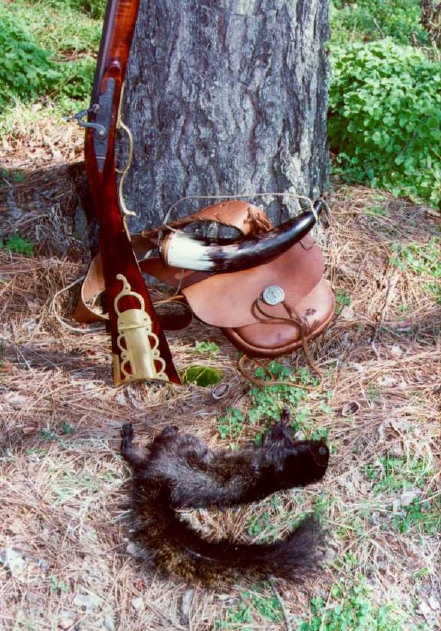
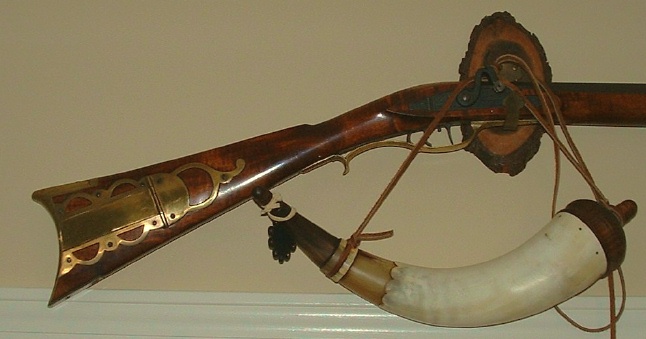 |
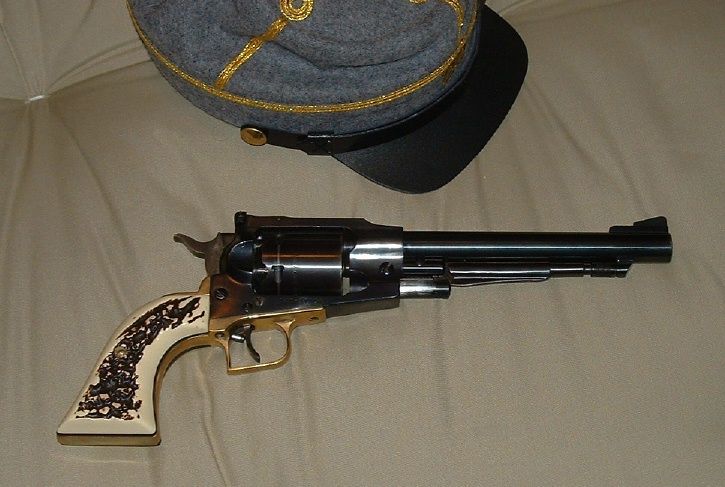 |
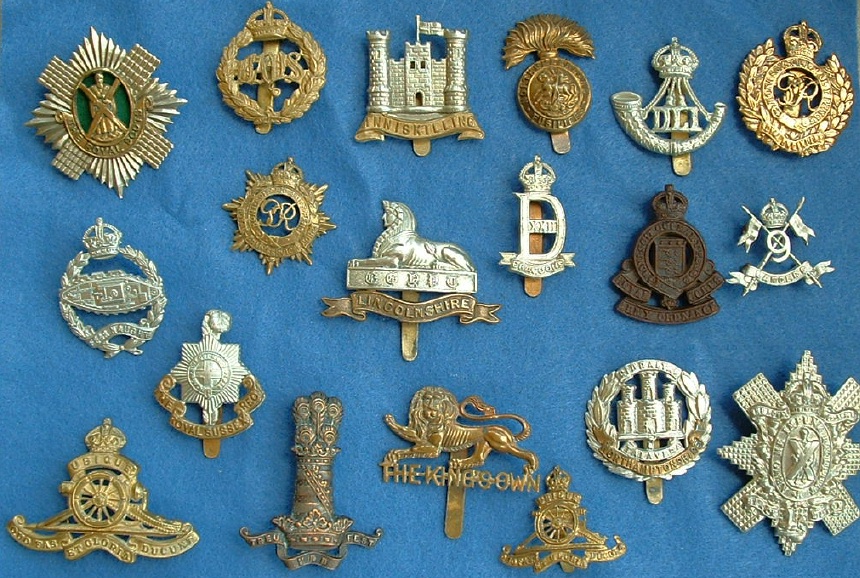 British Regimental Cap
Badges
Small Sampling from my 20-year collection. Royal Scots, The Queen's "Bays", 6th Innskilling Dragoons, North Humberland Fusiliers (my first badge), Durham Light Infantry, Royal Engineers, Royal Tank Regiment, Army Service, Lincolnshire, 22nd Dragoons, Army Ordnance(plastic), 9th Lancers, Royal Artillery, Royal Sussex, 11th Hussars, Royal Lancaster "King's Own", Royal Artillery, North Hamptonshire, The Black Watch Highlanders |
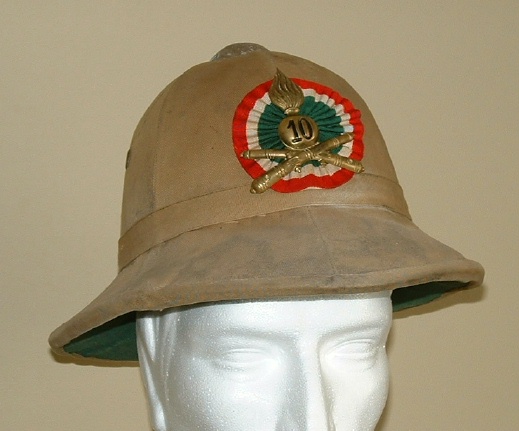 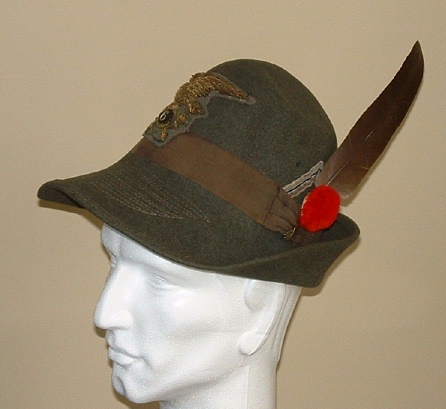 |
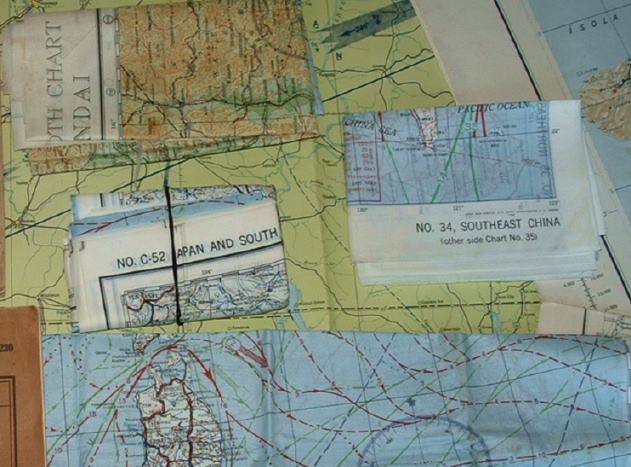 |
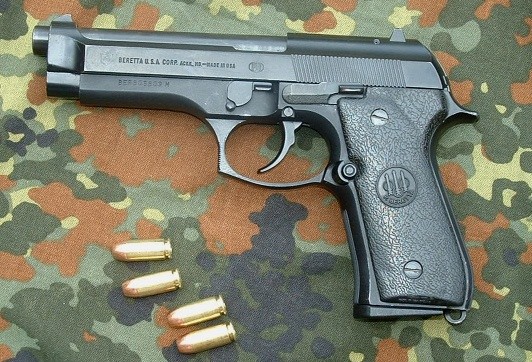 |
|